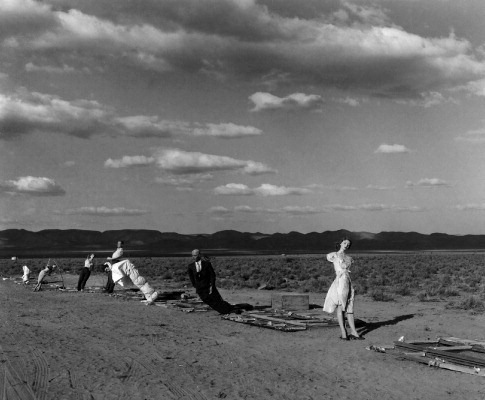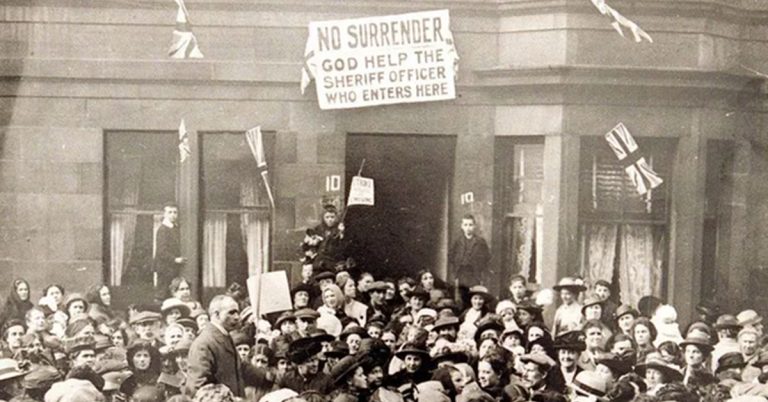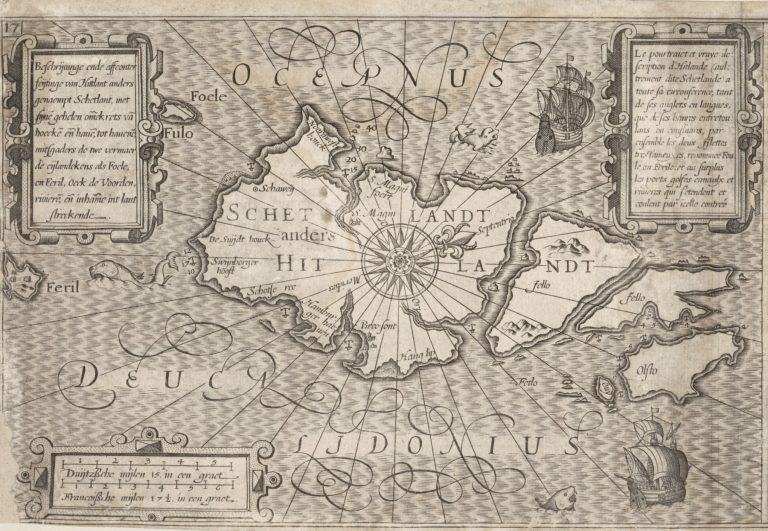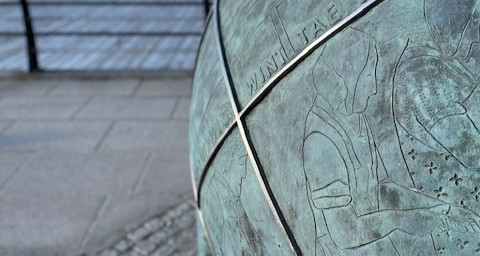
Here, Matt Ffytche introduces a special issue of Psychoanalysis and History, Afterlives of the Death Drive.

The death drive has proved relevant to so many different intellectual contexts in part because of the extravagance, or allusiveness of Freud’s original gesture (whether one reads that gesture as attempting some kind of grand synthesis of heterogeneous cultural problems, or as setting out to disturb the frame of human self-perception). But what is at stake here is not just an issue of range – it’s more a question of the aporia Freud introduces into the framework of psychoanalysis, and at the same time into the general theory of human will, by inviting this mysterious interloper amongst the more established drives of self-preservation and sexuality. The death drive is the drive that will not fit the frame of motivation as psychology had wanted to conceive it, and it does not fit in such a way that Freud’s text and the theorization are bound to fail – at least, this is the way I read Beyond the Pleasure Principle, as an impossible text, and one that quite naturally conjured up resistance within the psychoanalytic movement, which was keen to excise it as a mistake, a lapse, within the edifice of psychoanalytic metapsychology. This is why (one argument would have it) the death drive keeps returning, and returns the more we look into it: because it pitches itself across various faultlines in human understanding – not just the faultlines between the many disciplines Freud is working with, but faultlines in the way human existence, human desire and human will can be thought per se. And this problem remains of perennial interest, as it must be perennially encountered. I do not see the death drive as providing an answer, but – as ably demonstrated in the articles that follow – it has made itself indispensable to the formulation of some of the most interesting questions.
This special issue gathers four very different glimpses of the way the death drive was made central to speculative debates in different decades (the 1920s, the 1940s, the late-1950s, the 1990s) in different fields (political history, aesthetics, biology and metaphysics). In each case it signals that something extraordinary is being attempted. And I do see the matter of each of these articles as extraordinary.
*Photo reproduced with kind permission of Science Photo Library
Read Matt Ffytche’s full Editorial, in Volume 18 Issue 2 of Psychoanalysis and History: http://www.euppublishing.com/doi/full/10.3366/pah.2016.0186





